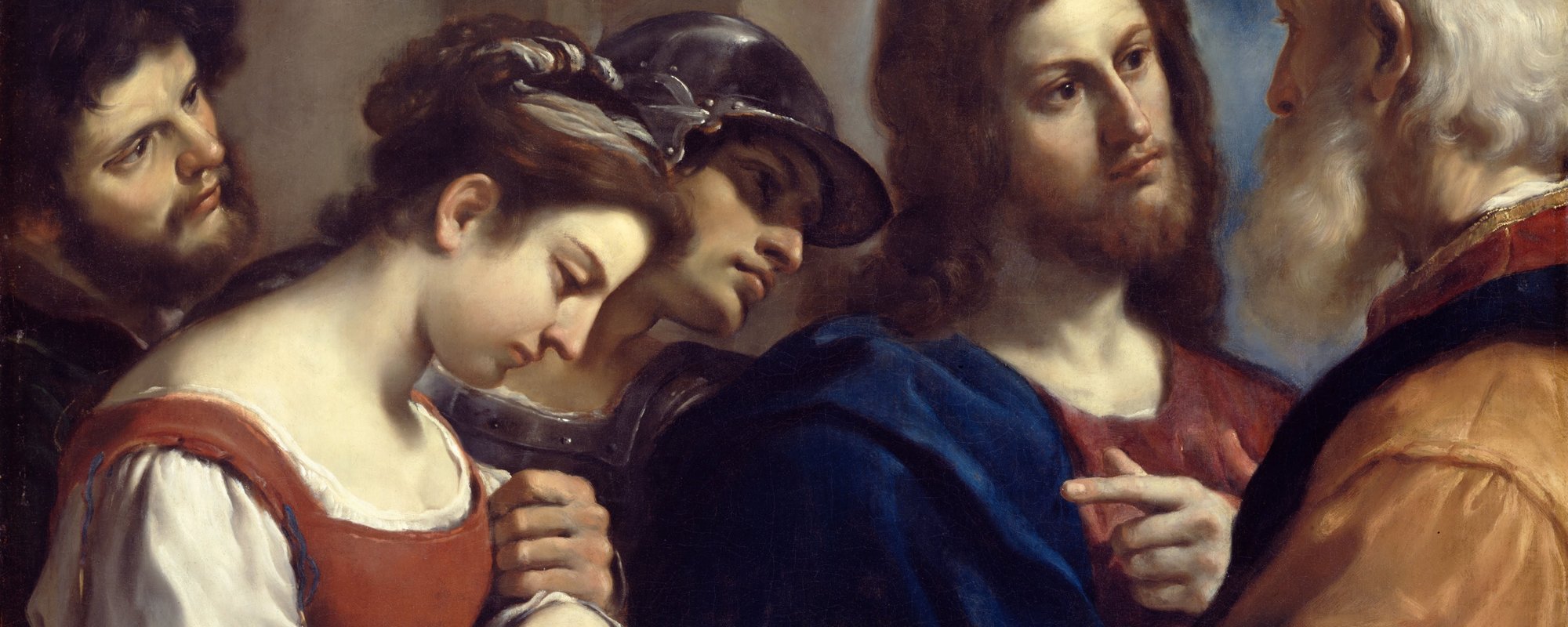Explore Rubens' Venus, Mars and Cupid
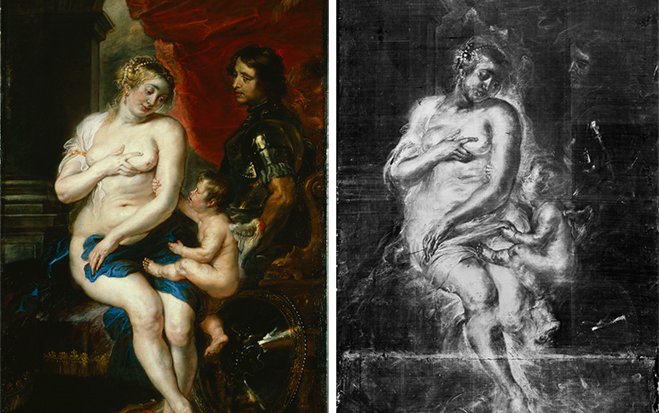
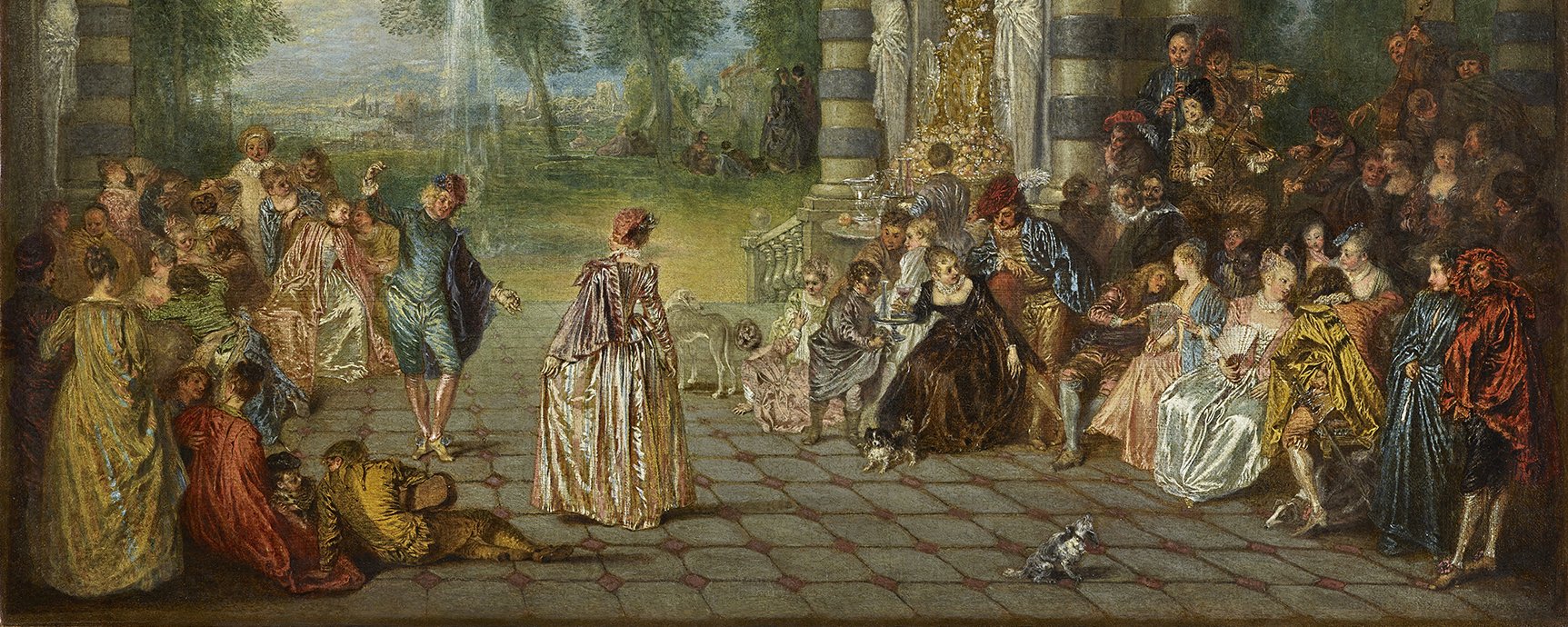
Our Collection, of over 660 works, features famous paintings by great artists such as Rembrandt van Rijn, Thomas Gainsborough, Nicolas Poussin, Canaletto, Bartolomé Esteban Murillo and Mary Beale. Most of our works were created in Europe between 1500 and 1850, and you’ll discover paintings ranging from Tudor portraits to Italian altarpieces, from French landscapes to Dutch interiors. Our Sculpture Garden is home to contemporary sculpture, including works by Rob and Nick Carter and Peter Randall-Page.
Dive into our full collection of over 600 artworks— look closer, download, and uncover the artists, stories, and meanings behind each piece.

We look after one of the leading collections of historic paintings in the world. Looking after our Collection involves day-to-day tasks – such as regular checks, cleaning and monitoring conditions in the Gallery – through to larger scale conservation, restoration and technical research projects which can sometimes take months to complete.
We are continually discovering new information about our paintings. The Gallery’s curators work closely with specialist conservators and scientists to ensure the continued preservation and research of our internationally significant art Collection.

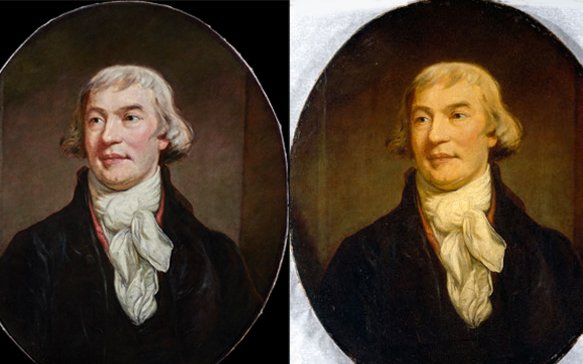
Did Leonardo da Vinci create this painting?
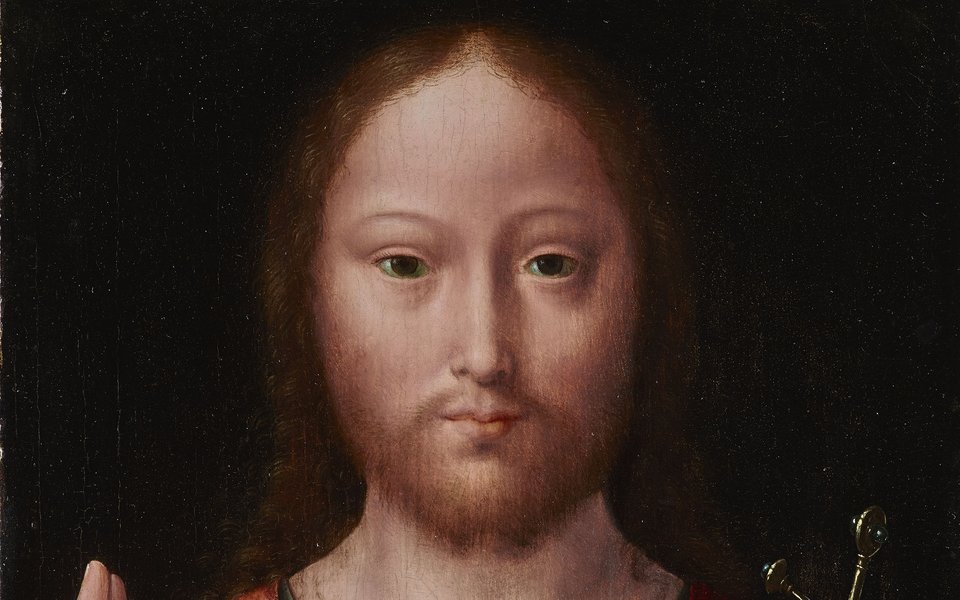
Conservation projects are only possible with the help of generous donors. If you would like to support conservation and technical research at Dulwich Picture Gallery, please email the Development team: development@dulwichpicturegallery.org.uk.
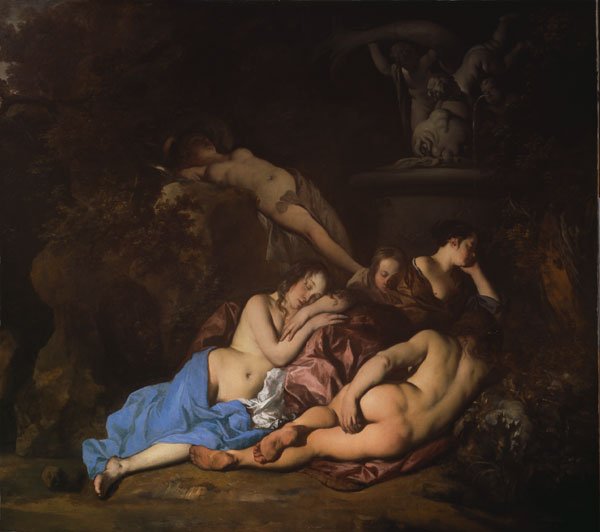
We are continually discovering new information about our paintings, and welcome researchers to the Gallery.
Our archive and works not currently on display are accessible by appointment, please email: curatorial@dulwichpicturegallery.org.uk
Our archival materials include:
We endeavour to make our Collection accessible to as many individuals as possible and images of our paintings are available to be licensed for study, editorial, and commercial usage.
Personal use
We are dedicated to sharing one of the greatest art collections in the world, with the world. If you wish to use one of our paintings for personal, non-commercial use, you can download images for free from our Collection pages.
Examples of personal use are:
Academic Licenses
For use in a classroom, use in a dissertation or for research-based and non-commercial publications, if the combined print/electronic run is below 2,000 copies for books, or 4,000 copies for journals, we supply images free of charge. Please complete the “Academic use” request form below and email to: curatorial@dulwichpicturegallery.org.uk
Picture Library Request Form - Academic use
Please note that Picture Library requests may take up to 4 weeks to process. Please allow for this when submitting your request.
Editorial and Commercial Licences
Image licences for editorial and commercial use are available through Bridgeman Images.
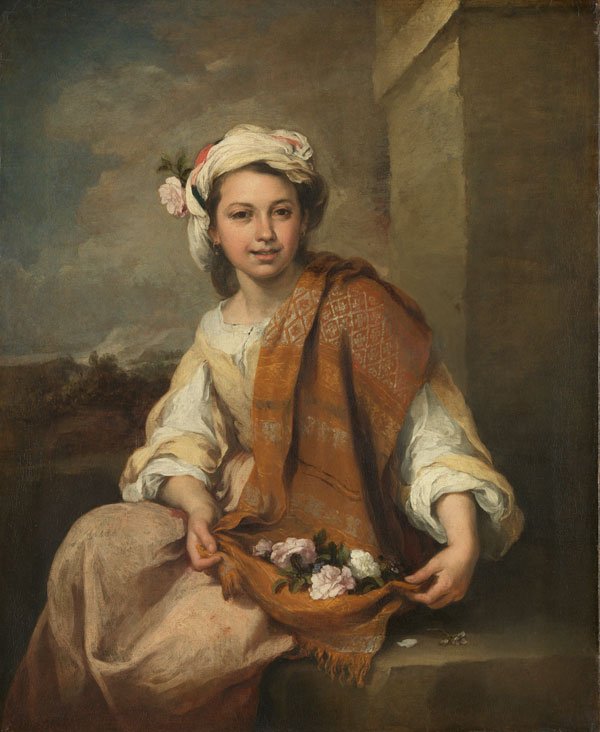
We’re committed to making our world-class art collection accessible to as many people as possible. That’s why we regularly loan works from our Collection to exhibitions around the world for short-term displays.
